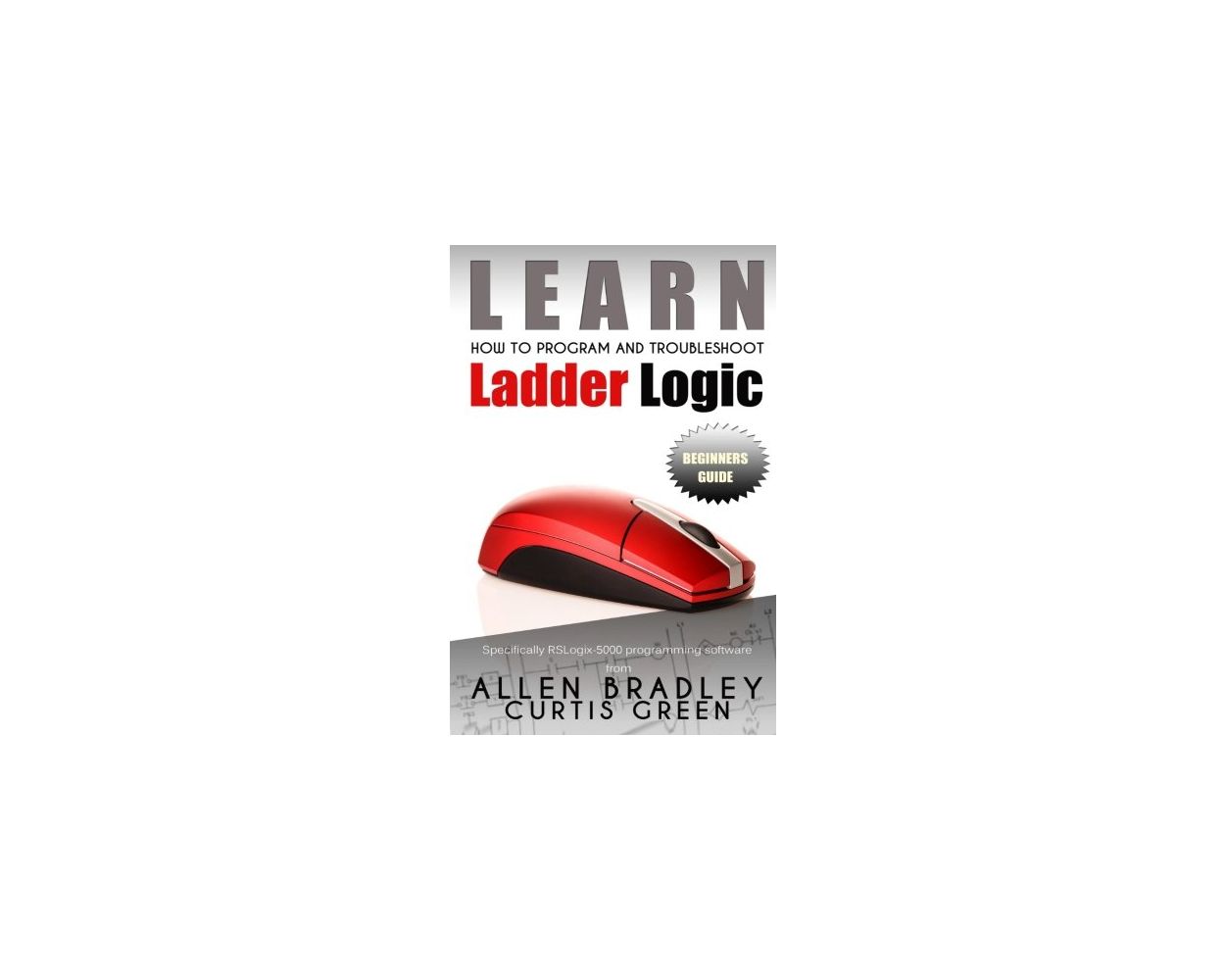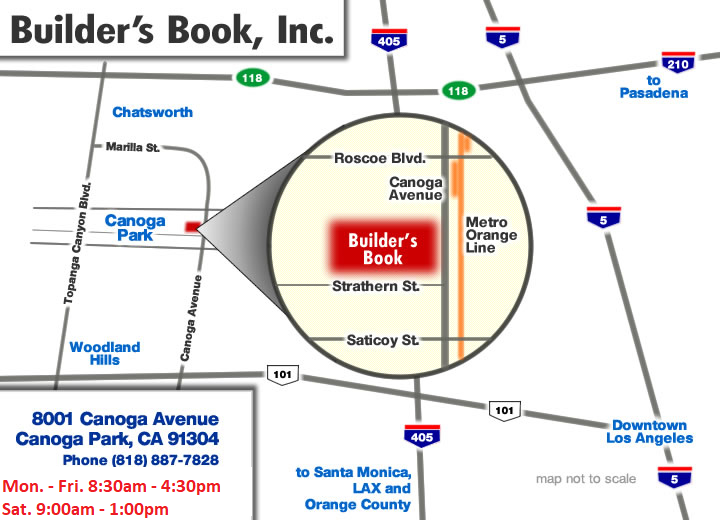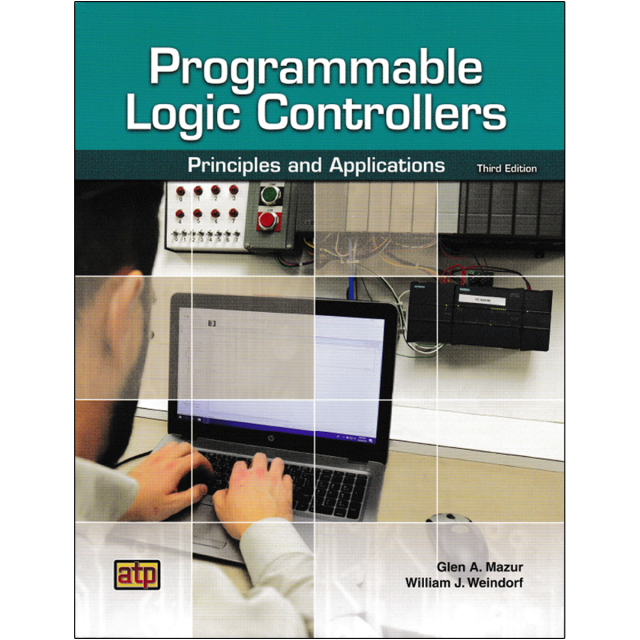Learn How To Program And Troubleshoot Ladder Logic
Automation is at the heart of modern industry! It is predominant in distribution, processing, manufacturing, and assembly. Behind the robots and machinery lies the Programmable Logic Controller or PLC for short. Open any modern control panel and you will find the programmable logic controller has replaced an array of relays, timers and other antiquated devices.
The modern PLC dominates the world of industrial automation and Ladder Logic is the de-facto programming language in this obscure land of bits and bytes. This book explores ladder logic related to the RSLogix 5000 platform. Tasks, Programs, Routines, Instructions and Tags are covered, but not in a conventional way. This book takes you through an entire project creation cycle while teaching you the basics.
Do you want to create a project using ladder logic, but don't know where to start?
This book was written for people who are looking for a better understanding of how to write and troubleshoot ladder logic. In order to understand how the logic works you need to understand some basic components of the language like variables and instructions and how they relate to one another.
Upon completion of this book you should be able to open any ladder logic project and quickly discern how many tasks and programs are in it. You should also be able to drill down through the controller organizer and find out how many routines are in a program and what each routines purpose is. You should also be able to identify global tags and program tags as well as know the difference. Knowing the difference between the two allows you to effectively read and write the logic. When it comes to reading Boolean logic you will have it nailed. You will be able to identify AND, NAND, OR & NOR logic and create similar logic. Put simply, you will have the basics down. You will be able to identify and create Alias tags, Arrays, IO modules and more.
| Price | $39.95 |
|---|---|
| Customer Service | We're Here To Help! Call us anytime during our customer service hours... Monday through Friday - 8:30 am to 4:30 pm (Pacific) Order Questions:
TOLL FREE, 800-273-7375 (Outside the U.S. call 818-887-7828). Our Address: 8001 Canoga Avenue Canoga Park, CA 91304 US Phone: 800-275-2665 E-mail: sales@buildersbook.com
|
| Description | Automation is at the heart of modern industry! It is predominant in distribution, processing, manufacturing, and assembly. Behind the robots and machinery lies the Programmable Logic Controller or PLC for short. Open any modern control panel and you will find the programmable logic controller has replaced an array of relays, timers and other antiquated devices. The modern PLC dominates the world of industrial automation and Ladder Logic is the de-facto programming language in this obscure land of bits and bytes. This book explores ladder logic related to the RSLogix 5000 platform. Tasks, Programs, Routines, Instructions and Tags are covered, but not in a conventional way. This book takes you through an entire project creation cycle while teaching you the basics. Do you want to create a project using ladder logic, but don't know where to start? This book was written for people who are looking for a better understanding of how to write and troubleshoot ladder logic. In order to understand how the logic works you need to understand some basic components of the language like variables and instructions and how they relate to one another. Upon completion of this book you should be able to open any ladder logic project and quickly discern how many tasks and programs are in it. You should also be able to drill down through the controller organizer and find out how many routines are in a program and what each routines purpose is. You should also be able to identify global tags and program tags as well as know the difference. Knowing the difference between the two allows you to effectively read and write the logic. When it comes to reading Boolean logic you will have it nailed. You will be able to identify AND, NAND, OR & NOR logic and create similar logic. Put simply, you will have the basics down. You will be able to identify and create Alias tags, Arrays, IO modules and more. |





